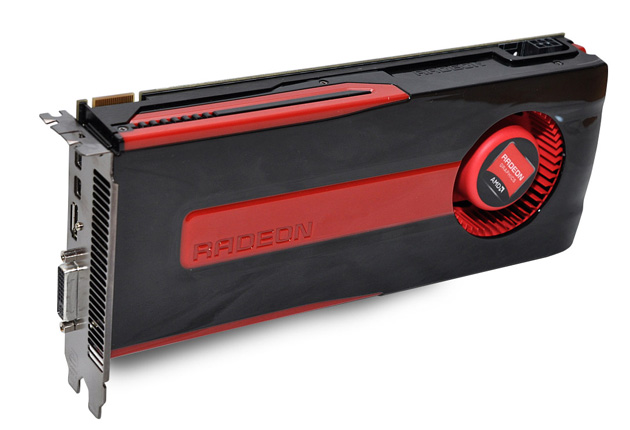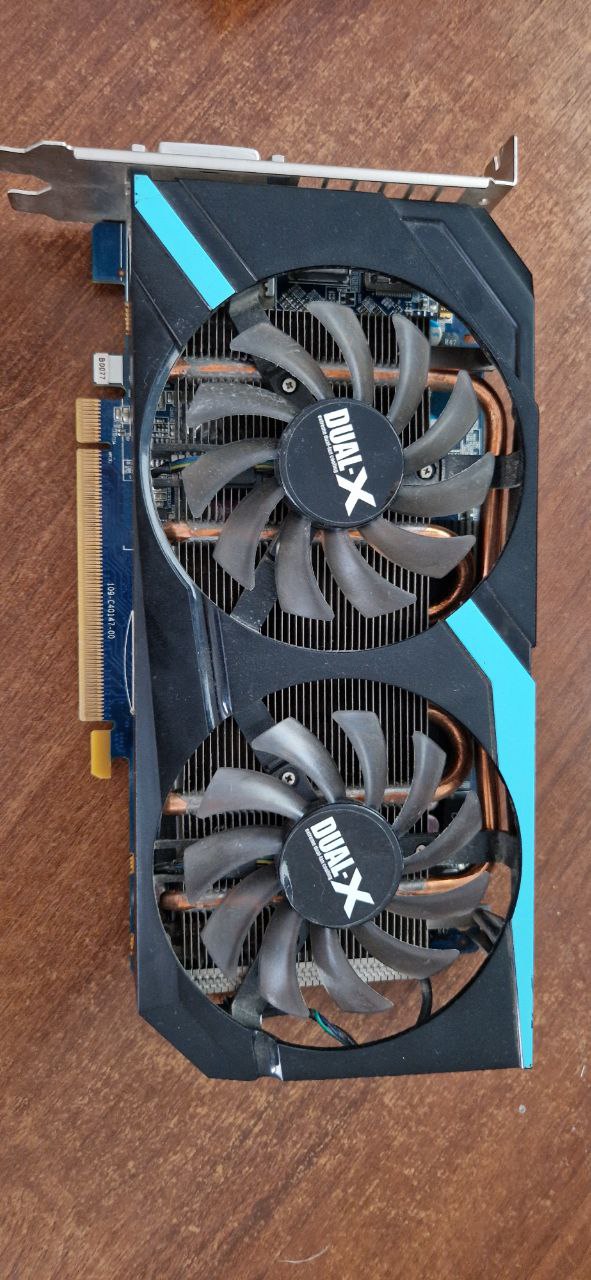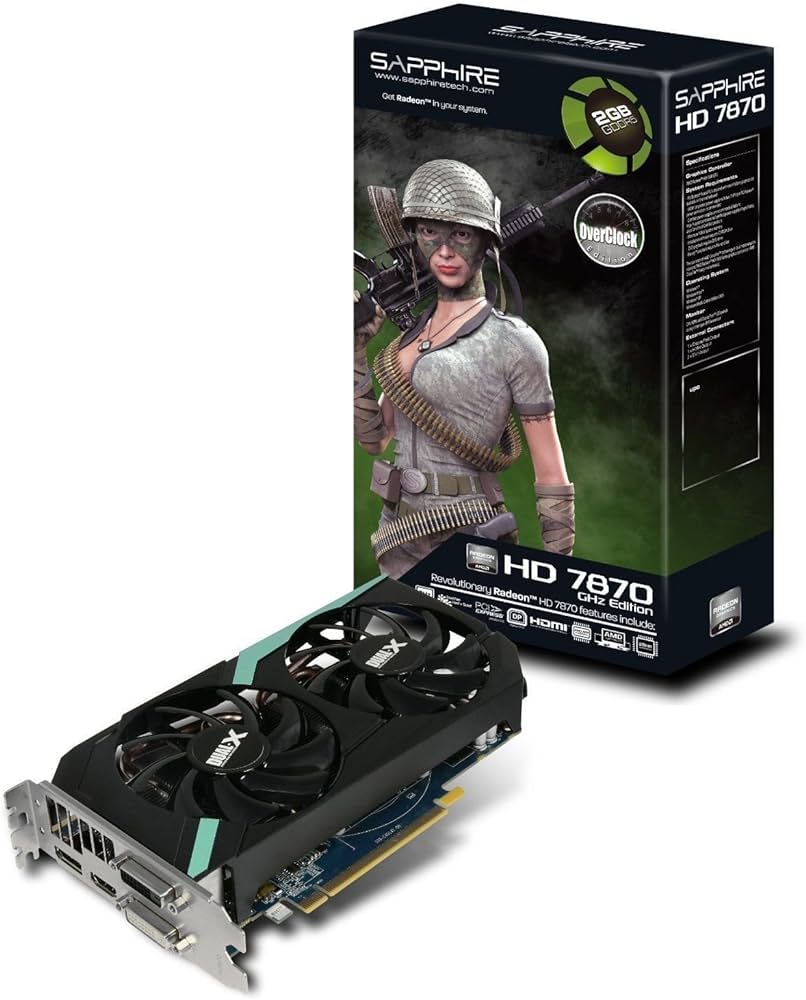
This article won't help you choose your first graphics card for mining in 2024 because it's a story from the distant past of 2013, when I, just like you now, was choosing my first graphics card for Bitcoin cryptocurrency mining. Yes, you understood correctly; in early 2013, Bitcoin could still be mined with graphics cards, and quite successfully at that. The inspiration to write these memories came from that very first graphics card, which had been diligently working in a server for the past 4 years. However, due to replacing the regular processor with an APU (a processor with integrated graphics), it became unnecessary and now just sits on my desk, evoking memories of the past.
So, in February 2013, the price of Bitcoin fantastically soared from $13 to $35 in just a month, and it was during this period that I stumbled upon information that Bitcoin wasn't just some incomprehensible payment system where you could send each other Bitcoins instead of rubles or dollars, but you could also mine these very Bitcoins on your computer using either the processor or graphics card. This process of mining is now known to everyone as cryptocurrency mining and is probably familiar to everyone, but in 2013, it was something new, incomprehensible, and, to put it mildly, didn't inspire confidence that you could earn real money through some calculations. Honestly, at first, such claims were perceived as just another scam, of which there were plenty on the internet even then. But since in this case, nothing needed to be purchased, and the only risks were potential computer virus infections and increased electricity costs, it was decided to try this mining on the computer I already had. At that time, my home computer was a Phenom 2 X3 710 with a Radeon HD 7770 graphics card with 1GB of video memory and 4GB of RAM. Which was quite enough at that time for mining Bitcoin.
Since I had almost zero knowledge of cryptocurrency mining, I installed the 50Miner program for Windows, connecting it to the 50BTC.com pool, which later closed, taking with it the approximately 0.2 BTC I had mined. In 2013, the combination of 50Miner and 50BTC was analogous to today's Nicehash-like services, which most beginners in cryptocurrency mining started with because it didn't require dealing with console commands and creating unfamiliar batch files.

On the 50BTC.com pool, there was a service for withdrawing bitcoins to mobile phones, which I decided to use to check the entire chain of events from the beginning of mining to real money that could be spent on real goods and services. The first earned 0.06 BTC were converted into 3 USD in my mobile phone account in less than a day. The experiment was deemed successful, and it was decided to continue it.
In the first weeks, I literally didn't leave the forums about Bitcoin mining, such as Bitcointalk.org and BTCsec.com (now Bits.media), where I learned that money could be transferred not only to phones but also to bank cards. For this, it was necessary to register on the BTC-e.com exchange (which also later closed without paying me around 1300 USD in cryptocurrency at that time). The second important discovery was that the speed of bitcoin mining, and consequently the speed of increasing rubles in the bank account, depended directly on the power of the graphics card and its hash rate.
In early 2013, I didn't know that multiple graphics cards could be used in one computer for mining, so that same evening, the HD 7770 was put up for sale through a local newspaper's website for 150 USD, and the next day, a brand new Radeon HD 7870 2GB GHz Edition from Sapphire appeared in my computer, costing 270 USD, which at that time was half of my monthly salary.
The hash rate of the Radeon HD 7770 on the SHA-256 algorithm was 210 MH/s, while the HD 7870 was already 450 Mh/s.

My first video card for mining
With the replacement of the graphics card, the coveted BTC started to be mined twice as fast, and when the price of Bitcoin relentlessly increased to $250 for 1 Bitcoin in April 2013, I told literally all my friends, relatives, and acquaintances about my method of earning. But only a few were interested, and they now regret not paying proper attention and not understanding cryptocurrencies back in 2013 when I demonstrated how the balance on my mobile phone increased with the help of a graphics card.
In the first month, the HD 7870 mined just over 1 BTC, but due to the network difficulty increase, the second BTC had to be mined for over 2 months, and subsequently, I switched to mining Litecoin, which turned out to be much hotter and more difficult to set up because I had to adjust the memory and processor frequency to get the maximum hash rate on the Scrypt algorithm.
Later, this graphics card, together with assembled mining rigs with Radeon R9 280X graphics cards (What can mining legends AMD Radeon HD 7970 and R9 280X in 2019), participated in mining Doge, Monero, Zcash, Ethereum, and many other cryptocurrencies, which required replacing the fans with new ones ordered from Aliexpress. After 2018, when there was a crypto winter, this graphics card lay idle, and then it was used to build a server, where it has been working until today.
In conclusion, with my first graphics card for mining, I managed to mine 2 BTC directly using the SHA-256 algorithm, which were carelessly sold during the next cryptocurrency hype at the end of 2013. But despite this, the Radeon HD 7870 graphics card managed to pay for itself in cryptocurrency mining about 20 times. And if we consider the growth in the value of cryptocurrencies that were sold later with the increase in value, rather than immediately, then this coefficient can be confidently increased to 1000 times.
Although this graphics card is already 12 years old, it can still be used for cryptocurrency mining, where there is no need for a large amount of video memory, and 2 GB is sufficient: Cryptohight, Curvehash, EthashB3, Memehash, NexaPow, ProgPowZ, SHA256dt, SkyDoge, VertHash, X16R. Counting on some super profit is no longer the case, of course, because the HD 7870 has a low hash rate and high energy consumption by today's standards, but as the first graphics card for mining, it is still suitable for practicing cryptocurrency mining on GPU.










